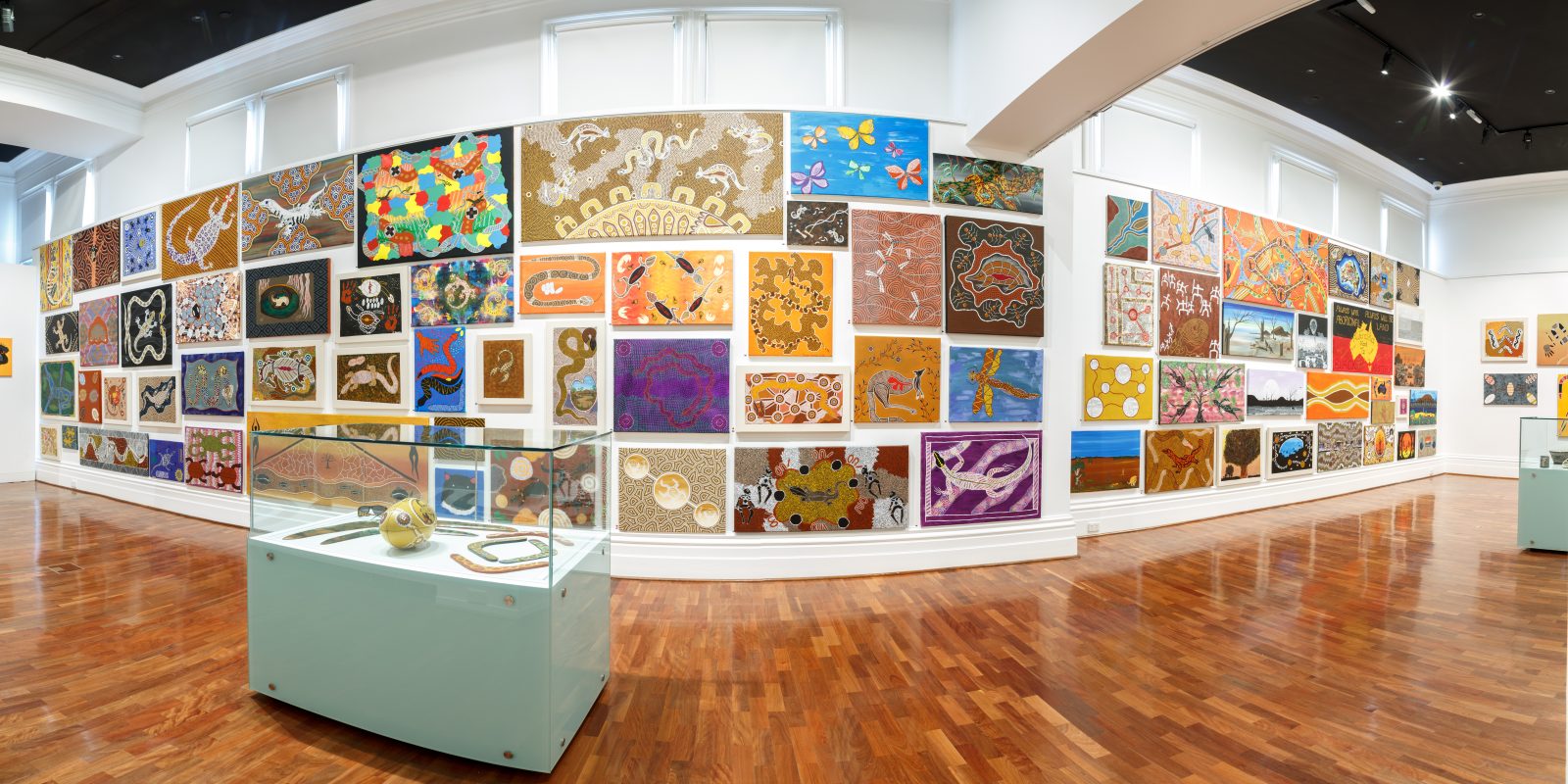
About
First Nations Australians make up around 2% of the Australian population yet represent 28% of the national prison population.
Since the Royal Commission into Aboriginal Deaths in Custody handed down its report in 1991, incarceration rates for Indigenous Australians have doubled.
Today Indigenous men are 15 times more likely to go to prison than non-Indigenous men and Indigenous women are 21 times more likely to go to prison than non-Indigenous women.
Indigenous prisoners are more likely to be on remand and to be serving shorter prison sentences, with many spending less than 1 year in prison. Indigenous prisoners are also more likely to have had a prior period of imprisonment, with males nearly twice as likely to return to prison within the first two years after release.
Since June 2011 The Torch has been providing art, cultural and arts industry support to Indigenous offenders and ex-offenders in Victoria through its Indigenous Arts in Prisons and Community program.
The Torch supports Indigenous men and women both in prisons and post-release in Victoria to explore their Indigenous culture and identity through practising art.
The Torch’s three major annual exhibitions are Confined, Dhumbadha Munga Talking Knowledge and Future Dreaming. Exhibitions provide opportunities for participants in The Torch program to redefine themselves as artists and to generate income through selling artwork.
I don’t think you should underestimate the power of culture in the rehabilitation process for Indigenous offenders. We work from a cultural basis to then express that through art-making — to try to reconnect some of the fragments of cultural dislocation and put the pieces back together.
Kent Morris, Barkindji, The Torch CEO
There are many ways you can get involved in The Torch’s work and do your part for the Indigenous men and women in our in-prison and post-release programs.